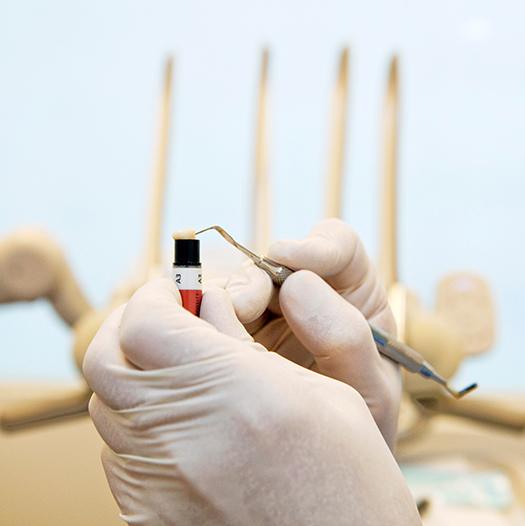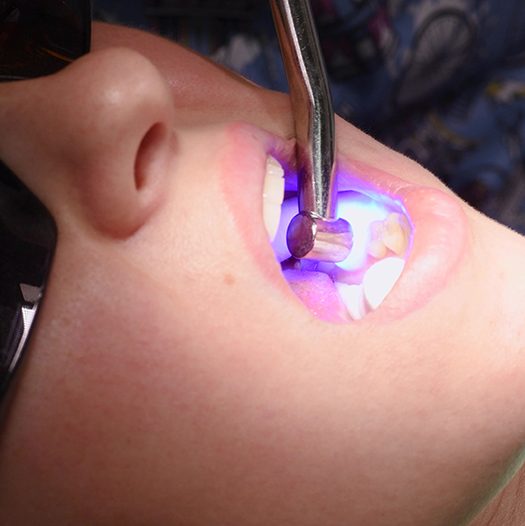Composite Bonding – Dallas, TX
Making Slight Smile Flaws Vanish
Rather than something glaring, maybe your smile only has minor cosmetic faults. These could range from mild tooth stains and slight chips (or cracks) to small spaces between your existing teeth. That said, patients with such flaws are in luck; we offer composite bonding in Dallas. This treatment gives grins a much-needed touchup, quickly ridding you of the blemishes marring your mouth. Learn more about how it works by reading below, or book a consultation with us soon!
What is Composite Bonding?

Compared to other cosmetic options, composite bonding is a bit simpler and more direct. The treatment works by placing a special resin on flawed teeth that covers the faults. This process hides small stains, chips, cracks, and even gaps from view, making a patient’s grin look much nicer.
Any given composite bonding procedure only takes a visit or two. In general, it starts by cleaning the affected teeth and removing their damaged or decayed sections. The dentist will then apply and sculpt the tooth-colored resin onto your enamel, remembering to take great care while doing so. Our team concludes the treatment by polishing your teeth and making some last-minute changes.
Who is a Good Candidate for Composite Bonding?

It honestly doesn’t take much to qualify for composite bonding. So long as a patient has a (relatively) strong smile, they can undergo the treatment without any problems. You’ll just need to note that treatment suits some people more than others. After all, the bonding process isn’t that good at hiding “major” smile flaws – deep stains, severe cracks, etc.
All in all, the best candidates for composite bonding have one (or more) of the following traits:
- Enamel with Small Chips or Cracks
- Slightly-Gapped Teeth
- Light to Moderate Tooth Stains
- Oddly-Shaped or Malformed Teeth
- Teeth That Seem Short or “Stubby”
Even with the points above, please consult Dr. Dizon before you commit to anything. She can give you a close oral exam to confirm if composite bonding suits your smile. If it does, she’ll then use her findings to draft a custom treatment plan for you.
The Benefits of Composite Bonding

Though it’s best suited for “small” smile flaws, composite bonding comes with big benefits. Some of the most notable ones are:
- Non-Invasive Treatment – Composite bonding doesn’t alter your existing tooth structure, so it’s a very smooth procedure. Most patients can undergo this painless service in just one hour!
- Versatile Care – The truth is that tooth-colored resin can cover the whole fronts of teeth. So, composite bonding can treat stains, chips, cracks, misalignments, etc.
- Ease-to-Maintain Results – Due to how it works, composite bonding has easy-to-maintain results. Proper dental care ensures these effects last for 5-10 years.
- High Cost-Effectiveness – Even as it offers quality results, composite bonding costs less than other cosmetic dental options. That means the procedure is highly cost-effective!
